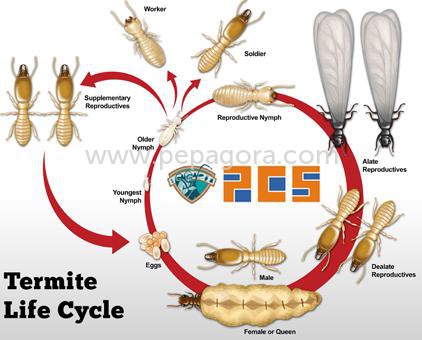

If you can only see a living thing with a microscope, that means it is a microorganism. These are found everywhere.Some of them, like yeast are helpful. And some of them are harmful and disease causing, like bacteria. It is important to know how to avoid spreading the bad ones!
Microorganisms that cause diseases are often called germs.Some diseases, like chickenpox, are caused by viruses. Diseases caused by viruses usually spread easily from one person to another.
Mould is a type of microorganism that grows on decaying food. It can make you ill if you eat it.
Invasion and multiplication of pathogenic microorganisms in the body is called an infection. When we are infected by pathogens we become sick, which means that our bodies stop functioning properly. Infectious agents, such as bacteria, a virus, fungi or protozoa cause communicable diseases.
While viruses, bacteria, and even fungi can be considered parasites, more commonly we use this word to refer to other types of pathogens that hurt us. These include ectoparasites, like mosquitoes, fleas, lice, and ticks. ‘Ecto-‘ refers to something on the outside, so ectoparasites live on the outside of the host.
Pathogens are any type of bacteria, virus or fungi that causes disease in humans, according to Education Portal. These three types of organisms all have subspecies that may attack humans and cause them to become sick.
Pathogens are defined as microscopic agents in nature that can easily cause a person harm, states Education Portal. People come in contact with pathogens each day, but their immune systems work hard at all times to remove pathogenic bacteria, viruses and fungi from their bodies.Viruses are small, infectious agents that are able to replicate inside of a living host. Without a living host a virus is unable to divide, replicate and thrive, according to Education Portal. Once a virus enters the human body it inserts itself into a cell and utilizes the cell’s organelles and cellular machinery to copy itself and spread to other cells.Bacteria is another pathogenic agent. Not every type of bacteria is pathogenic, and, in fact, the human body relies on commensal bacteria to complete essential mechanisms inside of the body, Education Portal states. Pathogenic bacteria can attack the human body and propagate throughout the body quickly to overpower the immune system and cause illness.Fungi utilize every opportunity they get to attack humans, notes Education Portal. Yeast, mold and mushrooms are all fungi that may be pathogenic toward humans.
More details:View company website
Its Free
Verify Now